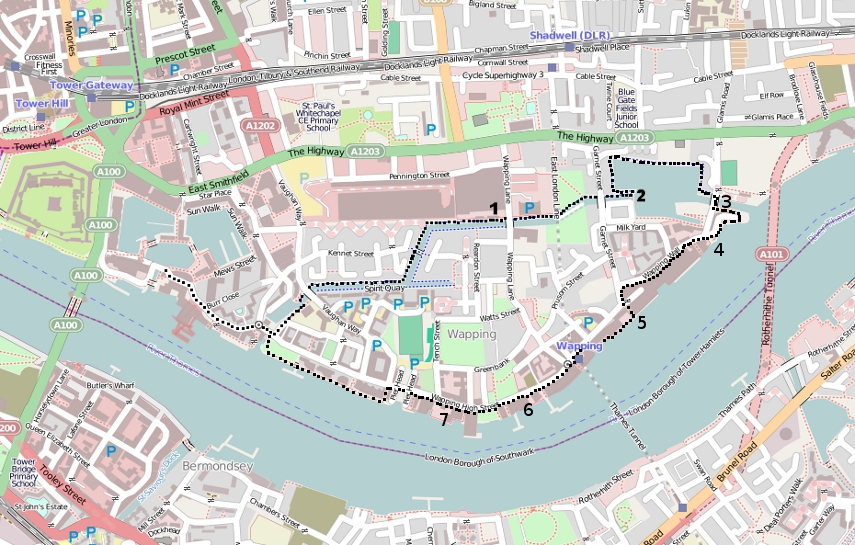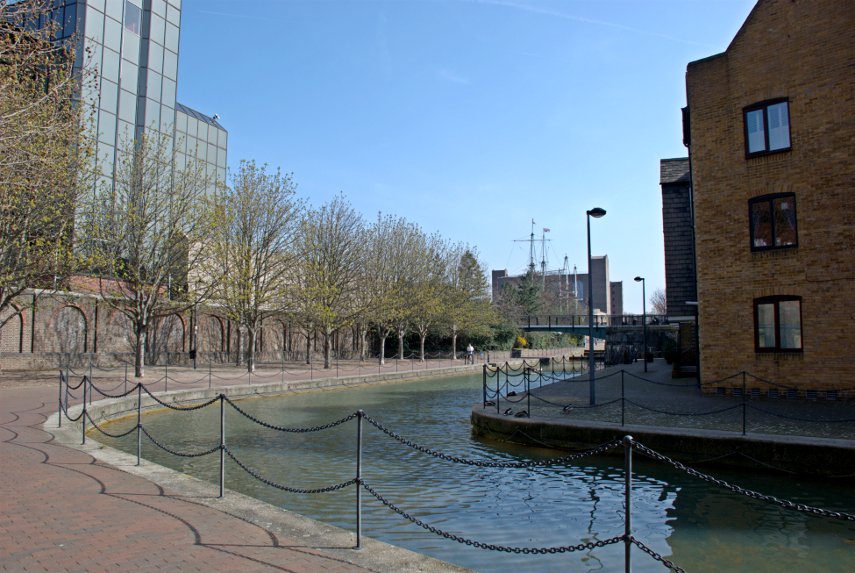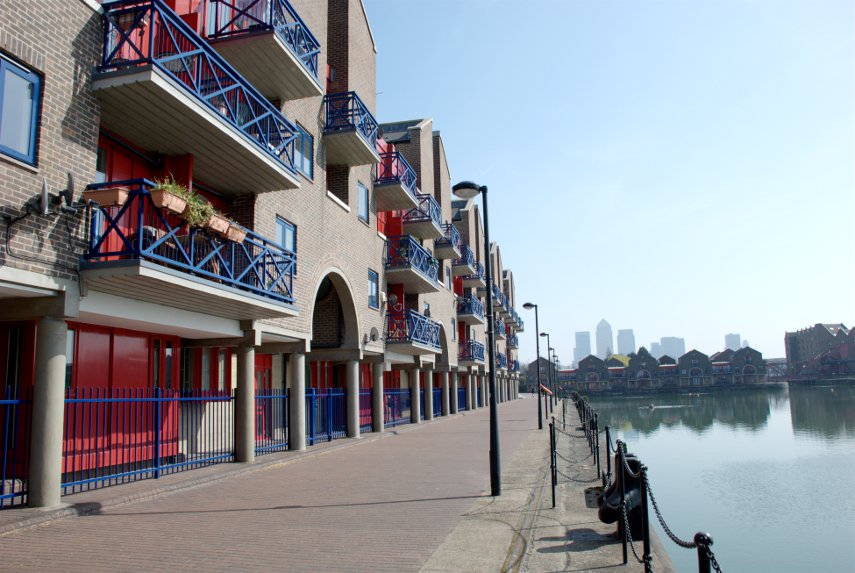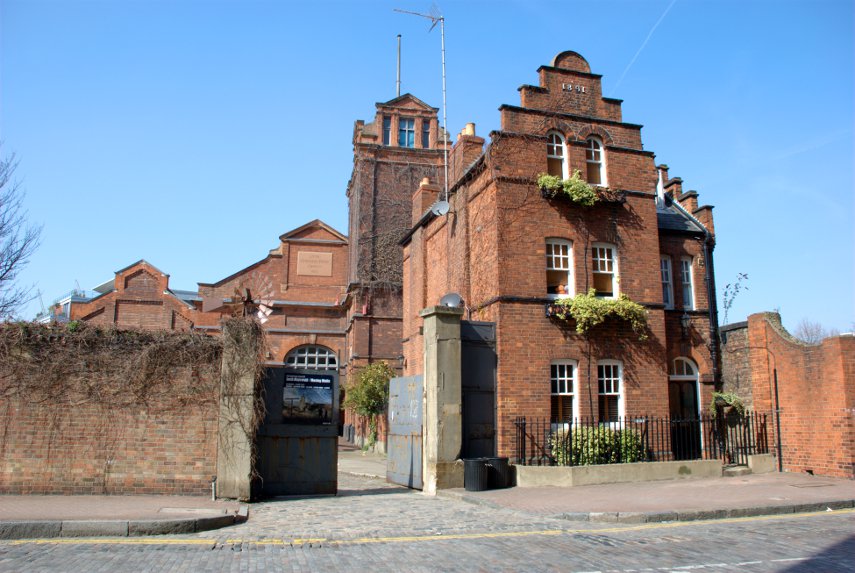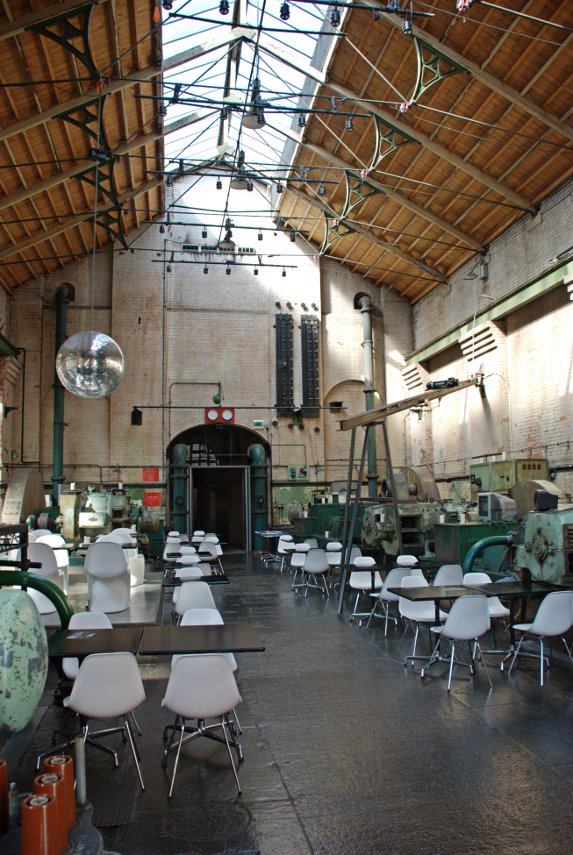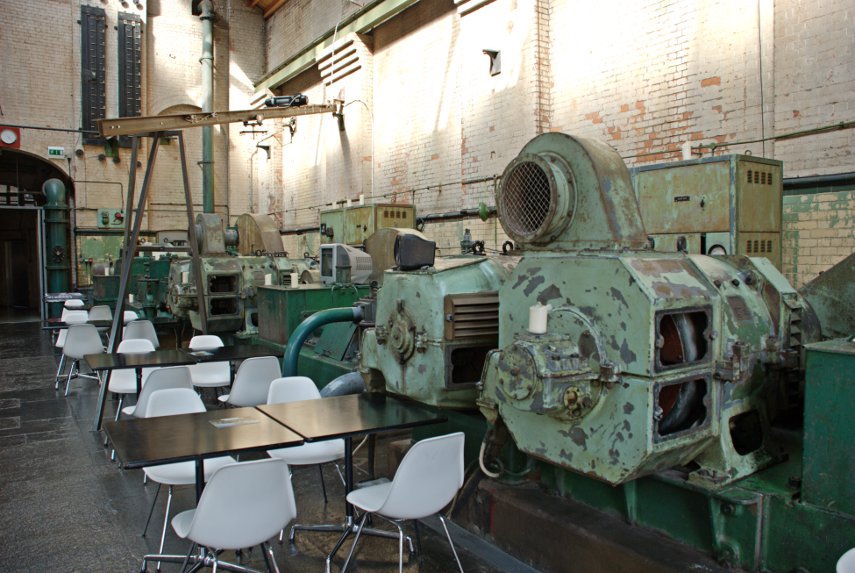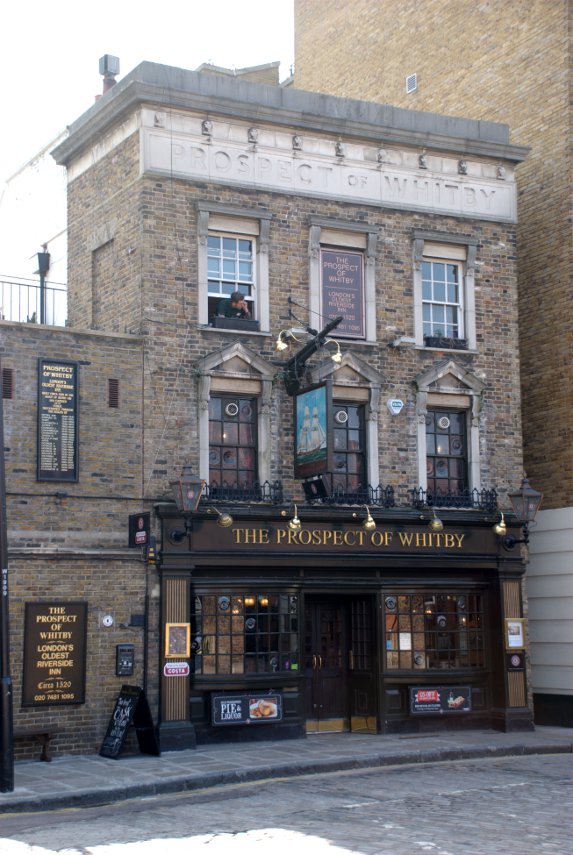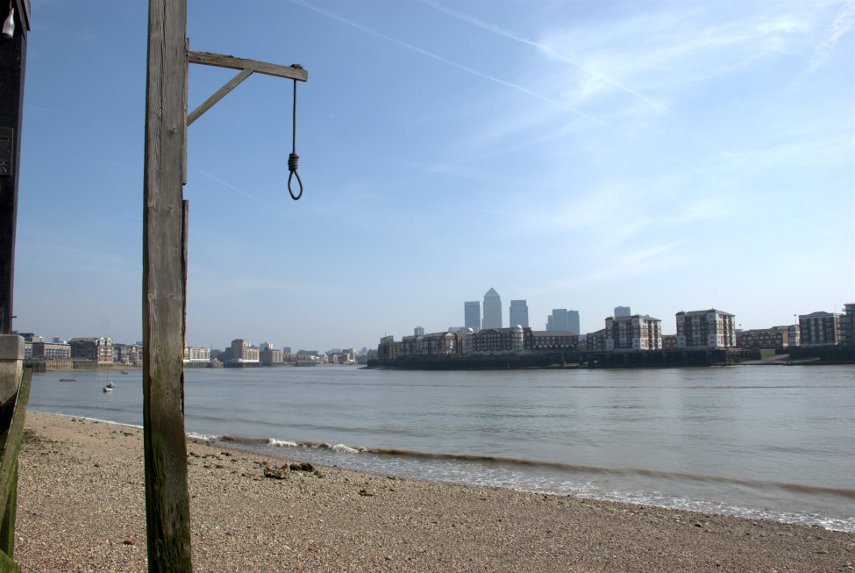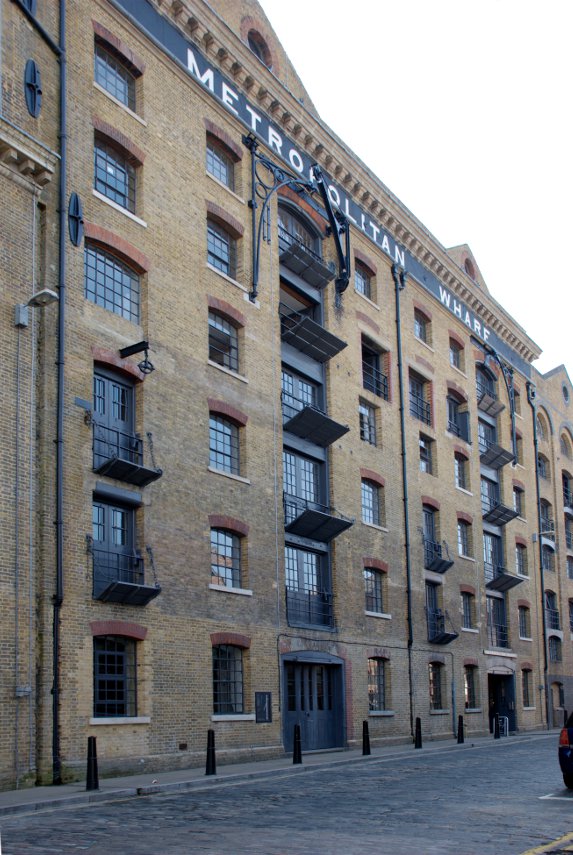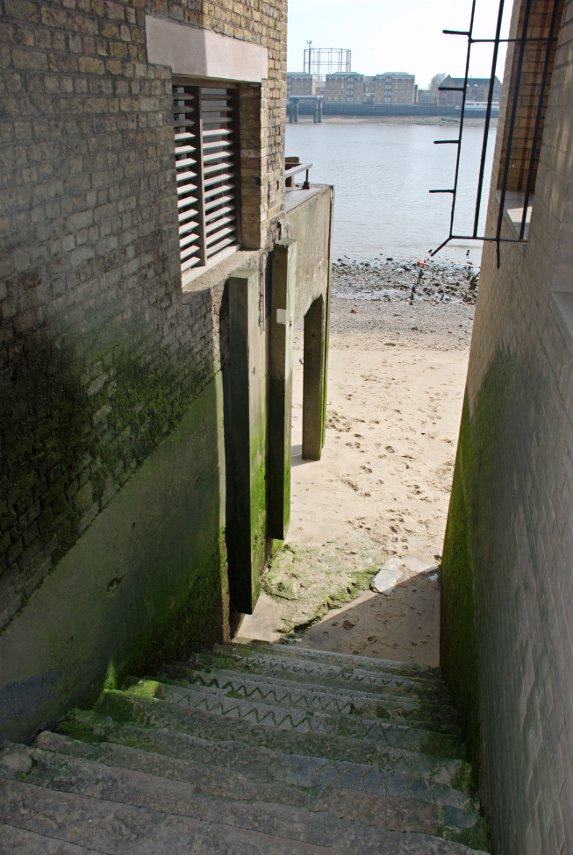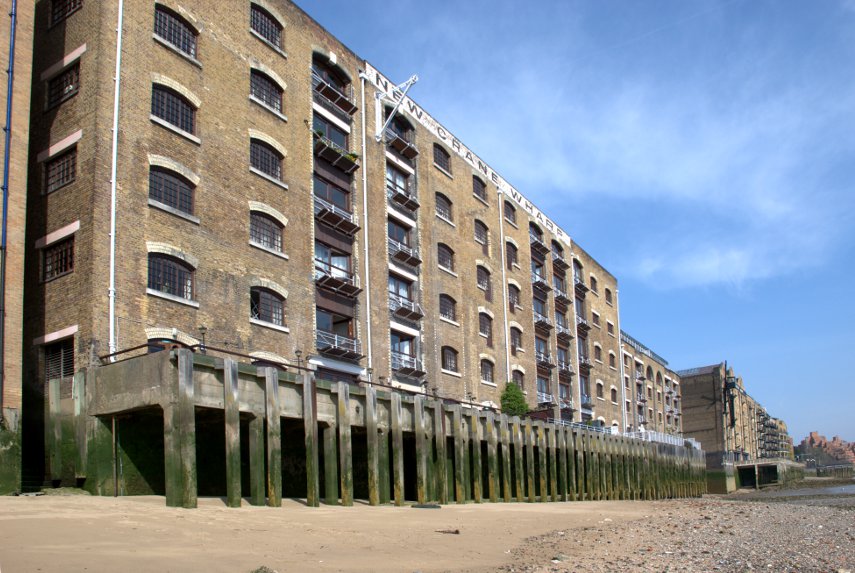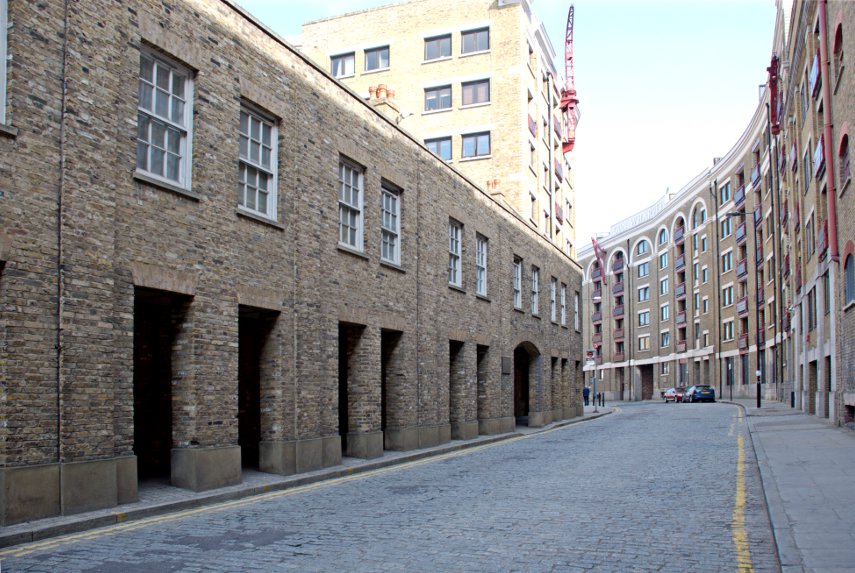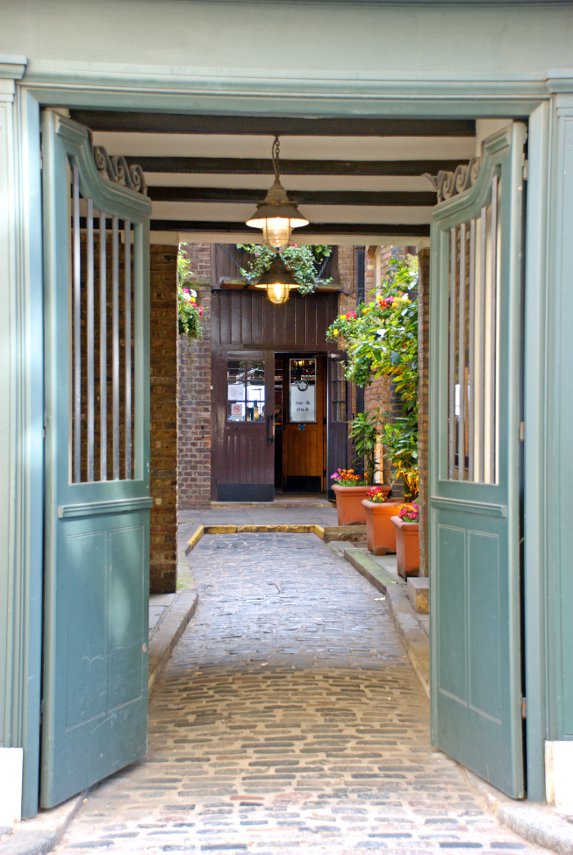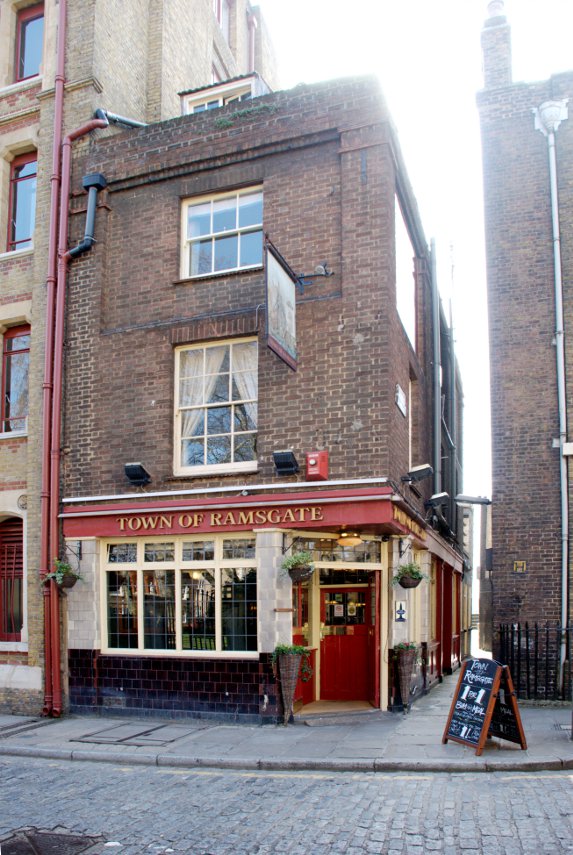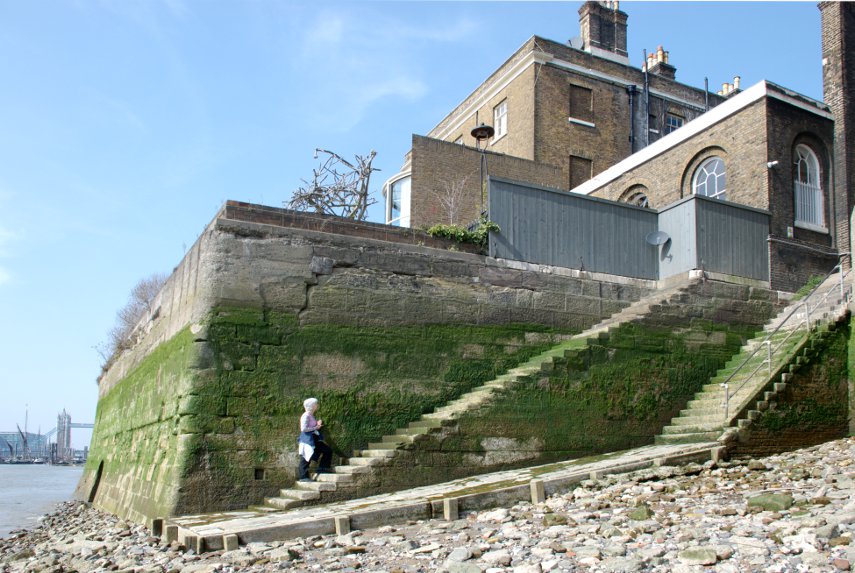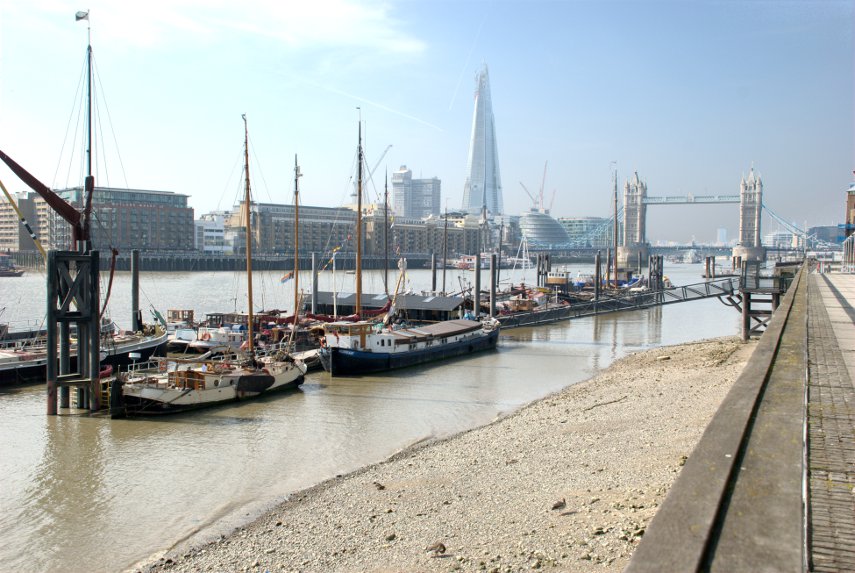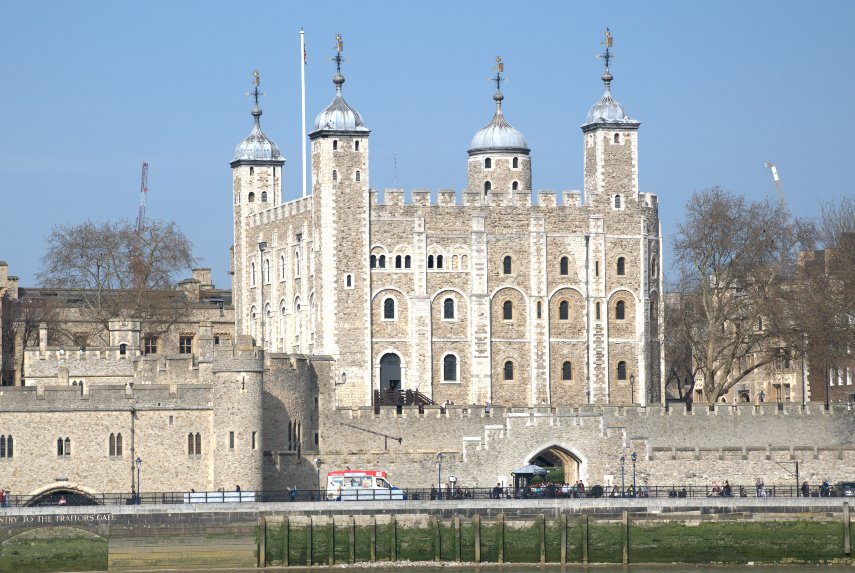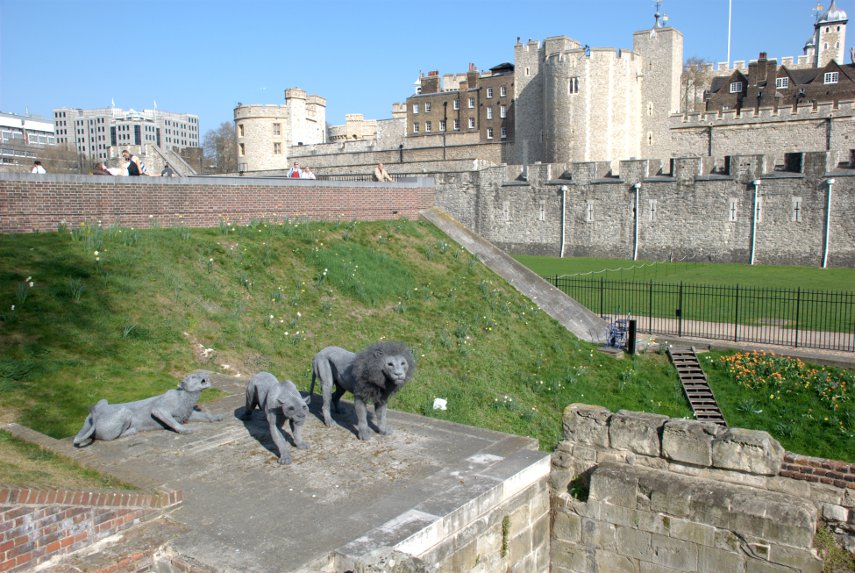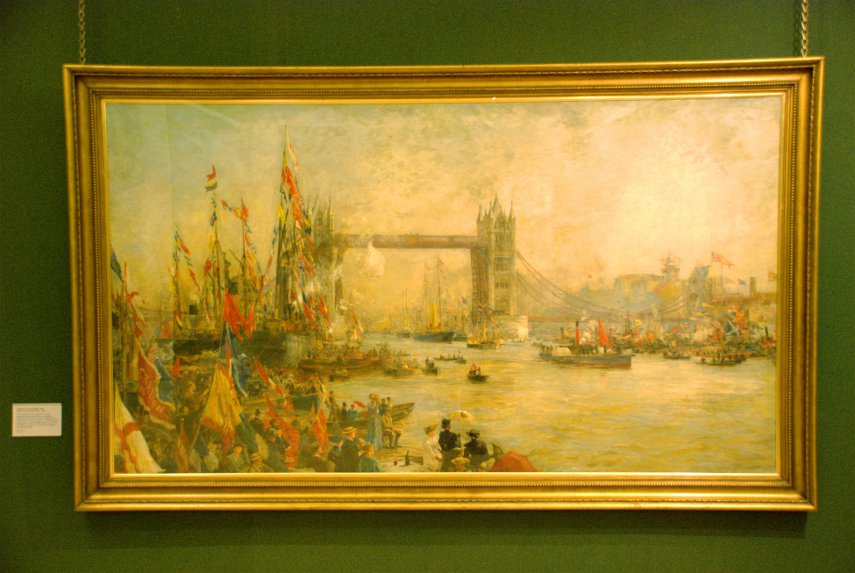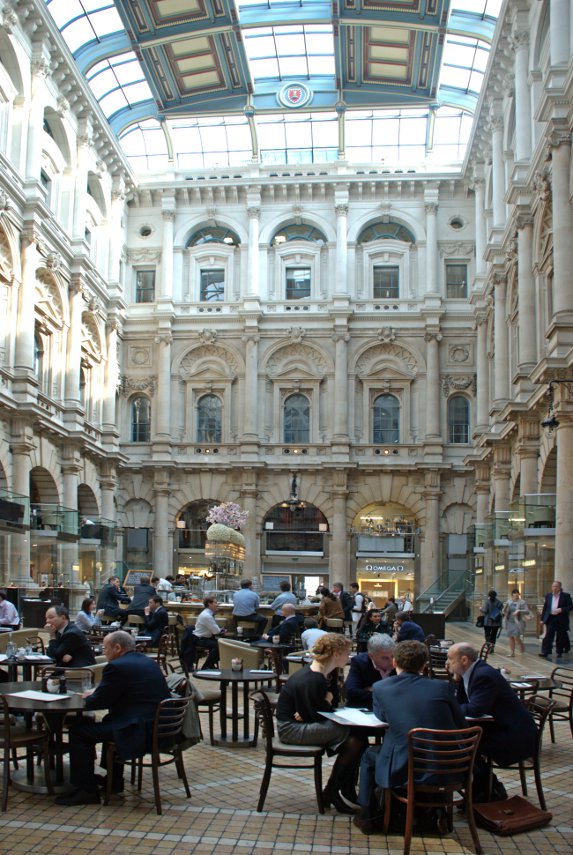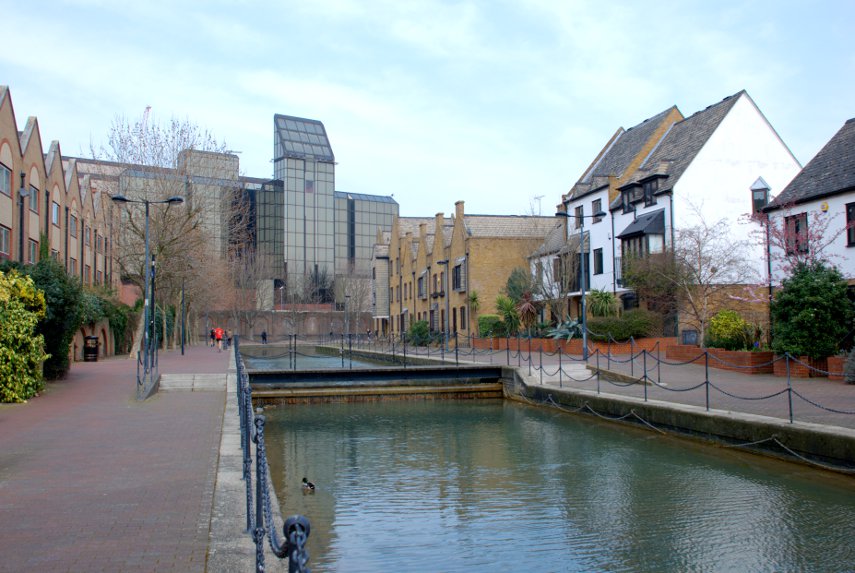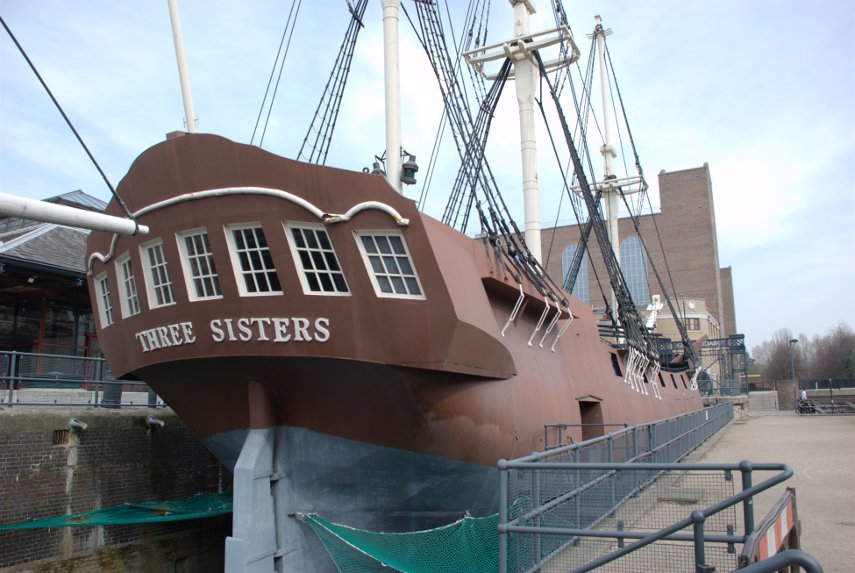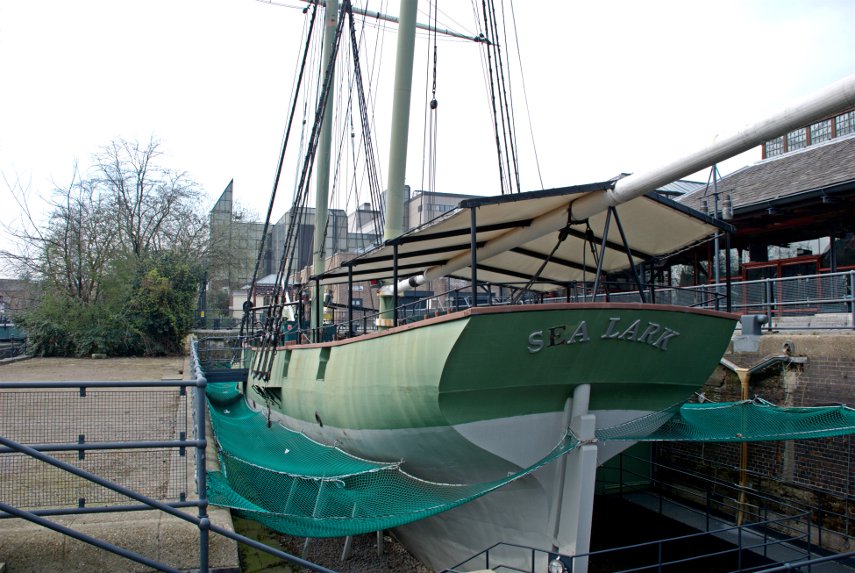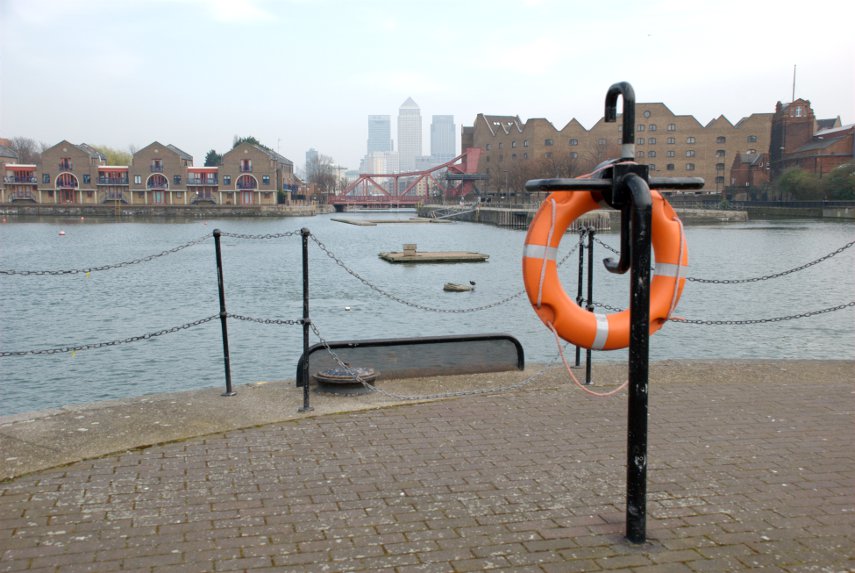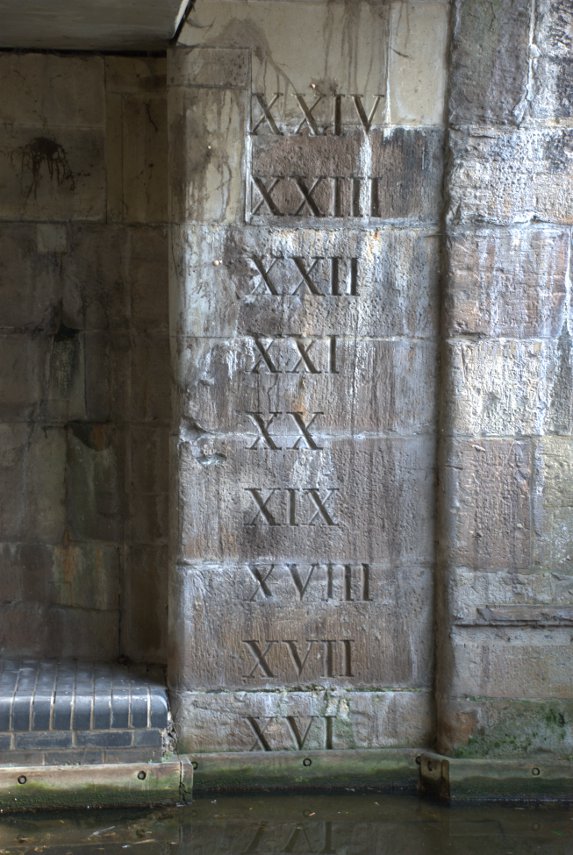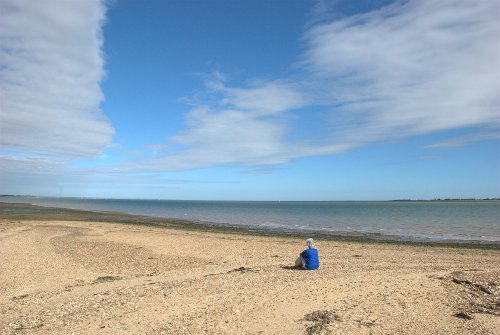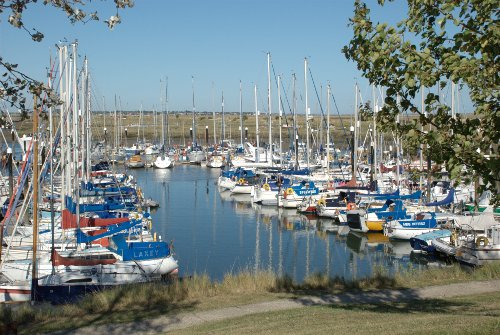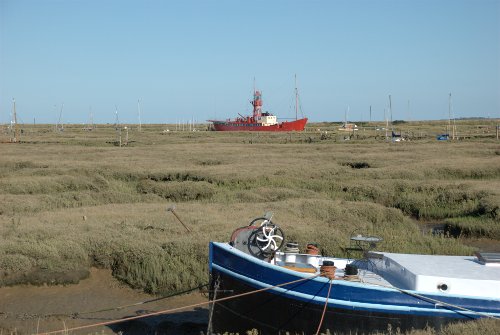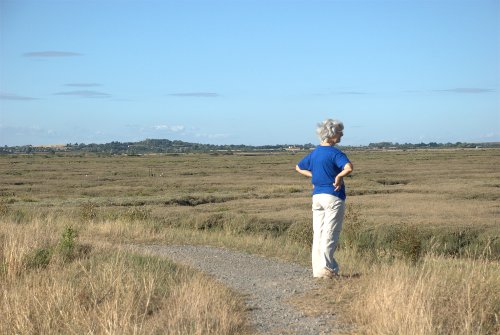The Prospect of Whitby, Captain Kidd and the Town of Ramsgate
Another Thursday – another trip to Wapping.
Let me explain to our various overseas visitors that Wapping is not pronounced the way it is spelled but instead it's pronounced 'Wopping'. Now that we've got that sorted I'll remind you that at the end of the last report I said:
"Perhaps we'll get better weather next time. We want to do that same walk again to see some things that we missed but I'm not going to tell you what they were and to, hopefully, get some better photographs."
Well we did get better weather, sun all day and temperatures around 70-72F, and we did that same walk again (it was in Wapping) – but with added ingredients. The name comes from the Saxon meaning "the place of Waeppa's people"
So what connection does the title of this post have with Wapping? They are all pubs and they are all in Wapping High Street and they all back on to the River Thames.
Lets start at the beginning. I'm going to use the same map as last time with our new route added.
Last time we went as far as '2' which we also did this time but we went on to complete a circular route. We started, as last time, from St. Catherine's Dock.
We walked along the same canal – you can see the masts of those two replica sailing ships (No. 1 on the map) sticking up into the sky in the distance.
Then onwards to Shadwell Basin (No. 2 on the map). This time we walked round the north side of the basin past the new housing towards the eastern end of the basin with the tall buildings of Canary Wharf visible in the distance.
At the far end is one of the old lifting bridges and this next picture is taken from the bridge (location 3) looking back across Shadwell Basin.
We then walked eastward to the edge of the Thames and along the Thames Path for a short way
and came out opposite this.
So what is it? It is the Wapping Hydraulic Power Station, built in 1890, and was originally operated using steam and later converted to use electricity. It was used to power machinery across London, using hydraulic power including bridges, lifts and cranes etc. The Tower Subway was used to transfer the power, and steam, to districts south of the river.
It was used as a model for power stations in Argentina, Australia, New York and Europe. When electricity became cheaper it lost popularity and eventually closed. It is now used as a cafe with the tables and chairs dotted around among the old machinery which is a novelty. They serve cups of tea and coffee together with lunch etc.
Pass the oil please.
Opposite the old power station is the first of our pubs – The Prospect of Whitby. No. 4 on the map.
The Prospect of Whitby lays claim to being one of the oldest riverside taverns in London and dates from around 1520 during the reign of Henry VIII. At one time it was one of the most notorious pubs in London being a meeting place for sailors, smugglers, cut-throats and footpads but now it seems to be a pretty nice pub.
It was formerly known as the Devil's Tavern, on account of its dubious reputation and before that it was officially called "The Pelican". The stone steps, alongside the pub and going down to the foreshore, are the "Pelican Steps"
All that now remains from the building's earliest period is the 400 year old stone floor.
In the 17th century, it became the hostelry of choice of Judge Jeffreys, known as "The Hanging Judge, who lived nearby and a noose hangs by a window, commemorating his custom. According to legend, criminals would be tied up to the posts at low tide and left there to drown when the tide came in.
You'll be wanting to see the noose then? Taking our lives in our hands we went down Pelican Steps on the the Thames foreshore to see the riverside view of the pub. Luckily it was low tide otherwise we may have got our feet wet. Possibly even our eyebrows.
You can see Pelican Steps and the noose is hanging from that tall post on the right. There is a better picture of the noose below.
Following a fire in the early 19th century, the tavern was rebuilt and renamed "The Prospect of Whitby", after a Tyne collier, a type of boat, that used to berth next to the pub.
Walking westward along Wapping Wall we went past numerous old wharves now converted to luxury appartments such as Metropolitan Wharf shown here and, after going down New Crane Steps, New Crane Wharf shown below. No. 5 on the map.
Notice that nice sandy beach along New Crane Wharf.
Having walked the length of Wapping Wall we joined Wapping High Street where the old dock buildings have all been renovated and converted to housing and it's been done very nicely. This is a view along Wapping High Street.
Further along Wapping High Street we reach our second pub – the Captain Kidd. No. 6 on the map.
Somewhere around here in 1701 the pirate, Captain Kidd, was executed by hanging on Execution Dock hence the name of the pub. The exact location of Execution Dock appears to be unknown except that it was near one of the local docks or wharves. His remains were gibbeted by the river Thames at Tilbury for more than twenty years.
Execution Dock was used for more than 400 years to execute pirates, smugglers and mutineers that had been sentenced to death by Admiralty courts. The "dock", which consisted of a scaffold for hanging, was located near the shoreline of the River Thames at Wapping. Its last executions were in 1830.
A short rope was often used for exceptionally nasty pirates which meant that, when they were dropped from the gallows, the rope didn't break their neck and they were then slowly asphyxiated. Customarily, these corpses were left hanging on the nooses until at least three tides had washed over their heads.
The Captain Kidd pub was established as a pub only in 1980 but the building itself is 18th century. The entrance visible on the street leads into a small, rather attractive courtyard which then gives access to the pub proper.
A short way further along Wapping High Street we saw yet another interesting warehouse conversion on the corner of Dundee Street.
A little further beyond that we encountered our third pub – the Town of Ramsgate with Wapping Old Stairs next to it. No. 7 on the map.
This shows Wapping Old Stairs. Amanda is on a set of stairs that just stop in front of a wall – very useful. The stairs to the right of those give access to and from the foreshore. The Town of Ramsgate pub is just out of the right edge of the picture and you may have noticed part of Tower Bridge showing in the distance.
The Town of Ramsgate was originally known as the Red Cow and then the Prince of Denmark with the origins of the pub claiming to go back as far as 1543.
We went back up to Wapping High Street and, after a short distance, turned onto the Thames Path along the edge of the river.
We eventually reached Readmead Lane which was where we turned off when we started this circuit and so have come full circle. We can recommend this area for some interesting exploring especially if you can manage a day when low tide is around the middle of the day which will enable you to go down some of the old steps onto the river foreshore.
We headed back to Tower Bridge and crossed to the south side of the river, along Shad Thames to Pea Pod for a late (2:15 PM) lunch. We have been here before and on our last visit had Old Guy USA (Jerry) with us.
After lunch we walked west along the Thames until we were opposite the Tower of London where I took this photograph of the White Tower. The last time I tried it was covered in scaffolding.
We went back across Tower Bridge, now heading for Tower Hill Station, and went past these in the Tower of London grounds.
They look remarkably life-like but they are made from multiple layers of wire netting moulded to shape.
So our legs are tired and we are tired – time to go home methinks. We covered an awful lot of interesting history today and we found that when we got home we were covered in it and had to rinse some of it off. ![]()
